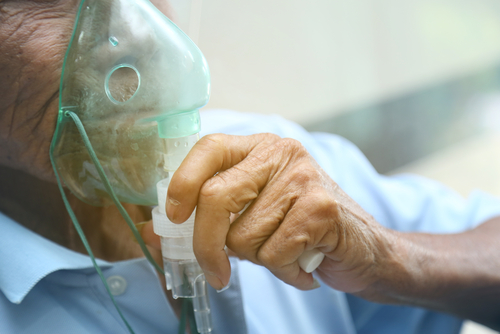Chronic obstructive pulmonary disease (COPD) patients with chronic rhinosinusitis (CRS) were found to have a higher prevalence of bronchiectasis. CRS also was found to be associated with severe bronchiectasis symptoms and increased inflammation in the lungs.
These observations were published in a study titled “Chronic rhinosinusitis is associated with higher prevalence and severity of bronchiectasis in patients with COPD” in the International Journal of Chronic Obstructive Pulmonary Disease.
Previous studies have shown that 15-30% of COPD patients have bronchiectasis signs, impacting severely the patients’ health status and increasing mortality. Also, some studies have reported high prevalence of CRS symptoms, which are characterized by chronic inflammation of nasal mucosa and paranasal sinuses. However, the underling mechanism and the link between these diseases is still unclear.
The present study included 136 patients with COPD, with a mean age of almost 72 years. According to the European Position Paper on Rhinosinusitis and Nasal Polyps (EP3OS) guidelines, 66 COPD patients were additionally diagnosed with CRS.
Nasal obstruction and nasal or post-nasal discharge were the main complaints of the patients. COPD patients with CRS also showed lower forced expiratory volume, longer duration of COPD symptoms, severe signs of dyspnea (difficulty breathing), and higher scores in the COPD Assessment Test (CAT). These results suggested “there may be a link between the severity of CRS and lung function decline in COPD,” the authors wrote.
Among the COPD patients with CRS, 57.6% additionally presented signs of bronchiectasis, whereas in those without CRS only 37.1% were diagnosed with bronchiectasis.
Evaluation of chest resolution computed tomography (HRCT) confirmed that 64 COPD patients had bronchiectasis. The majority of these patients presented a mild form of bronchiectasis (cylindrical bronchiectasis), and only 12.5% of the patients showed signs of a more severe form of the disease — mixed bronchiectasis.
Detailed analysis of the HRCT results showed that COPD patients with both bronchiectasis and CRS presented a more severe form of bronchiectasis, compared to those without CRS. This tendency was followed by the presence of increased numbers of pro-inflammatory cells and factors in the lungs of COPD patients with bronchiectasis and CRS.
“We found that COPD patients with CRS had a higher prevalence and severity of co-morbid bronchiectasis, which was associated with enhanced inflammation of the lower airways.” the authors concluded.
The team suggested that tissue injury and remodeling due to persistent airway inflammation by CRS can be the cause of bronchiectasis development in patients with COPD.

